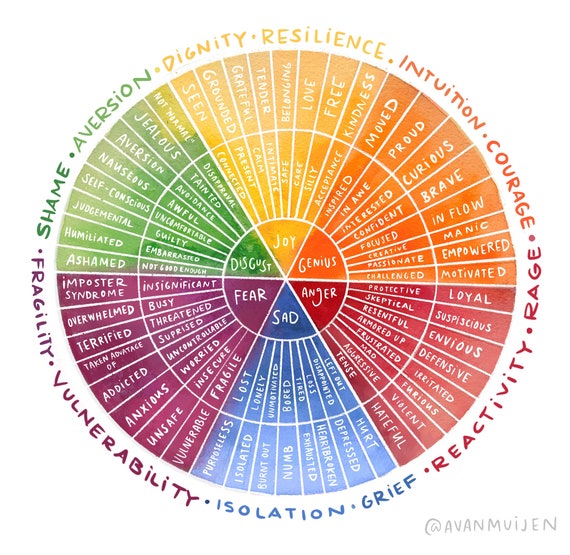

To handle these different social interactions efficiently, we communicate verbally and nonverbally ( Hadley et al., 2022). We constantly interact with others around us, whether in the context of our family, friends, neighbours, or when shopping or at the workplace. Each self-portrait displays diverse emotions of varying intensities and they are realistic because they could all be linked to possible situations. We conclude that Armand Henrion’s self-portraits provide a promising set of facial stimuli to investigate mixed emotions. The qualitative answer matched this choice, indicating that the character either “ate or drank something they don’t like” or “lost something or someone”. For instance, when some participants chose ‘disgust’, others chose ‘sadness’ for the same self-portrait. The qualitative answers complemented the selected emotions. Participants selected comparable emotions between presentations but rated them as more intense the second time. Results confirmed that Armand Henrion’s self-portraits display mixed emotions: participants selected diverse emotions, sometimes differing in valence. After the second unlimited presentation, participants performed the same selections and ratings before describing what could have caused the facial expression (qualitative data). After the first brief presentation (1–2 s), participants (i) selected the most prominent emotion (out of 20) and (ii) rated the intensity of this emotion. Thirty-eight adult participants (15 men) saw the self-portraits twice (one brief, then one unlimited presentation).

We studied such differences using 11 self-portraits painted by Armand Henrion (1875–1958), in which he depicts himself as a Pierrot clown displaying different affective states.

This likely causes interindividual differences in peoples’ reactions to the same situations and stimuli. Realistic faces, however, display several emotions in quick sequence or at the same time (mixed emotions). Researchers often study recognition of single emotions.


 0 kommentar(er)
0 kommentar(er)
